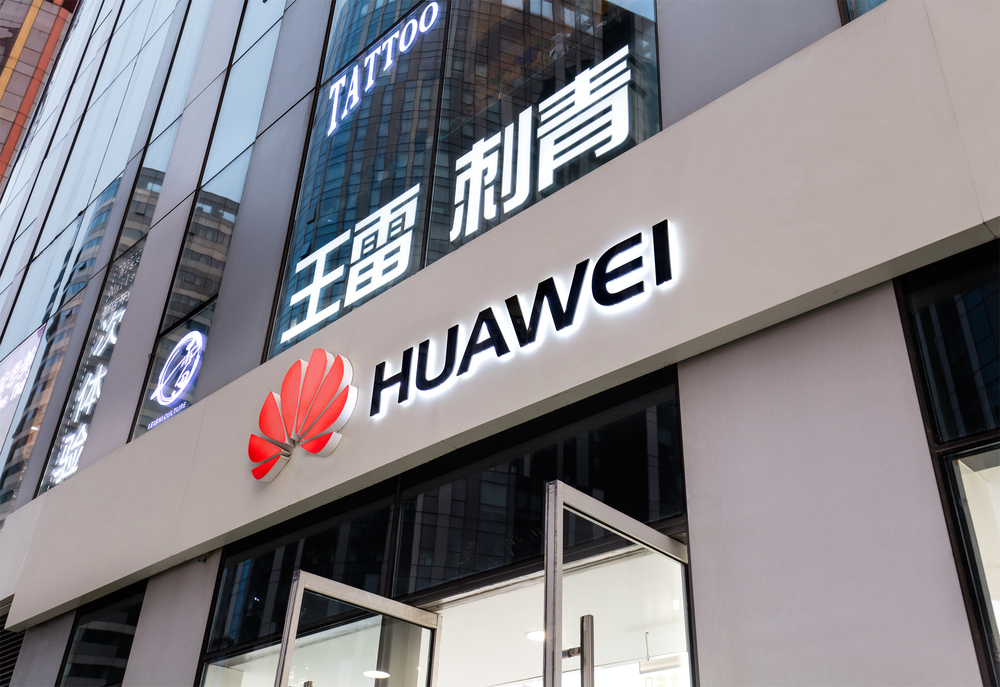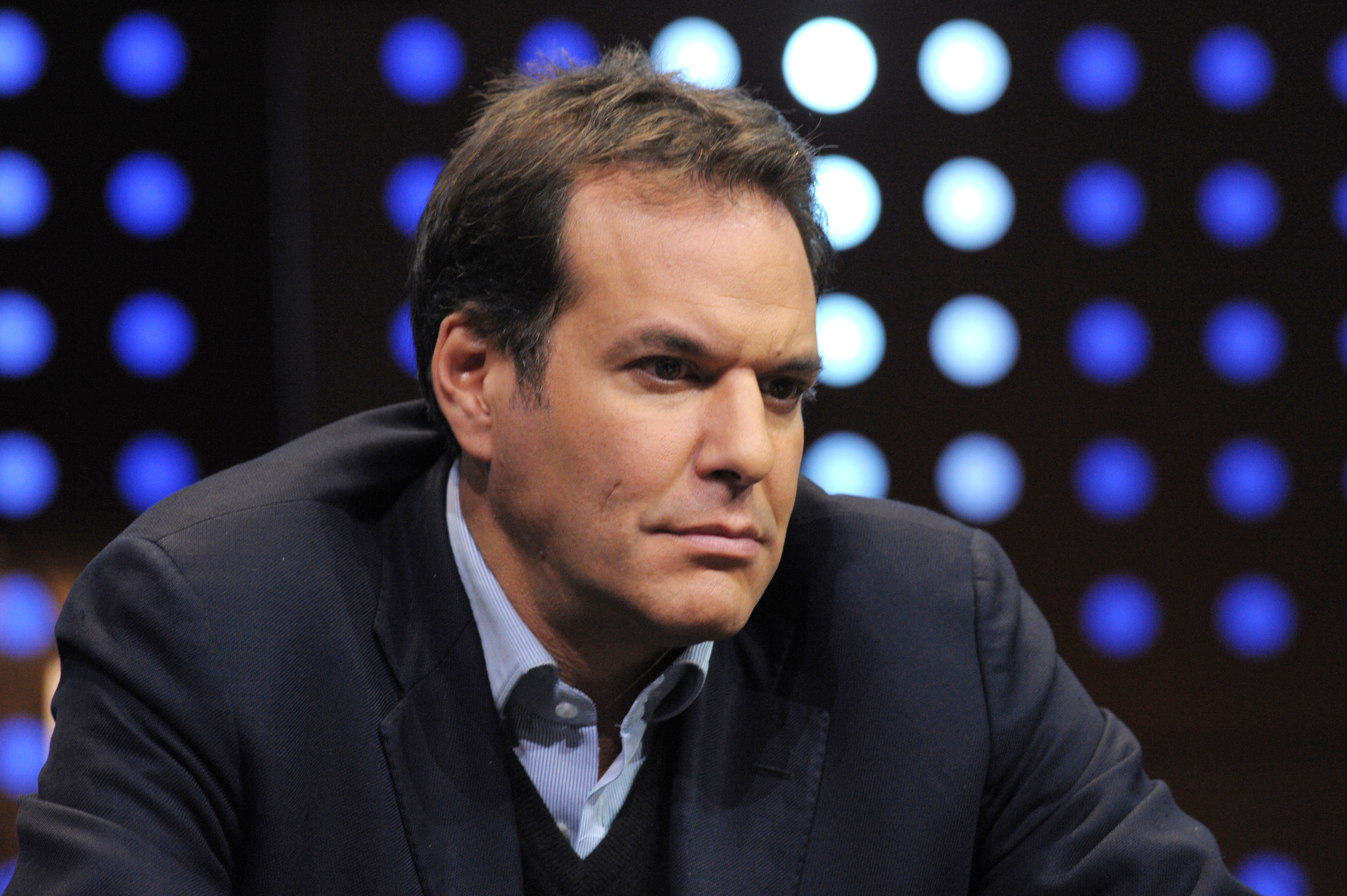Huawei takes the US trade sanctions into its own hands
Reports suggest the company is no longer reliant on American hardware to produce its devices


Huawei has announced it will move its research centre out of the US and relocate it to Canada as the company distances itself from America amid lasting trade sanctions.
The company's founder Ren Zhengfei revealed the plans to Canadian news outlet The Globe and Mail, adding that the company has plans to begin manufacturing 5G equipment outside of China.
Huawei plans to build a manufacturing facility in Europe to make the next-generation mobile networking technology in a bid to allay of fears of the company facilitating state-sponsored cyber espionage, the founder said.
The move to Canada will involve trimming the majority of the research centre's staff by 600 individuals to around 250 total employees. The company spent $510 million (£393 million) last year on the operations of its US research centre.
The geographical move, along with recent reports suggesting the company is now completely non-reliant on American parts to create its hardware, suggests the company is making permanent decisions to distance itself from the US instead of waiting to see if its sanctions will ever be lifted.
The move might come as a surprise to those who have followed the developments in the US-China trade war for the past few years, especially the company's turbulent relationship with Canada.
On 1 December 2018, Huawei's CFO Meng Wanzhou was arrested by Canada's border force and federal police, an event which violated Canadian Charter of Rights and Freedoms, Huawei alleged in March 2019 lawsuit. Wanzhou could still face extradition to the US but has been released on bail.
Get the ITPro daily newsletter
Sign up today and you will receive a free copy of our Future Focus 2025 report - the leading guidance on AI, cybersecurity and other IT challenges as per 700+ senior executives
IT Pro contacted Huawei for comment but it did not reply at the time of publication.
However, the company's desire to part ways with the US was further evidenced by an analysis from UBS and Formhault Techno Solutions in The Wall Street Journal, which revealed the latest Huawei flagship, the Mate 30 contains no American-made parts.
The teardown suggests that Huawei has found alternative suppliers for core hardware parts for its products, including audio amplifiers from Netherlands-based NXP rather than the US' Cirrus Logic. It has also reportedly turned to its own HiSilicon semiconductor to replace Wi-Fi and Bluetooth components previously supplied by Broadcom.
However, a separate teardown of the more premium 5G version of the Mate 30 by TechInsights revealed American components such as chips from Qualcomm and Texas Instruments.
This could be evidence that the company is trying to offload some of the American parts it reportedly stockpiled in preparation for the trade sanctions that were implemented earlier this year.
Now it can manufacture flagship devices without any American parts it appears to have no use for the stockpiled product and from a business perspective, it makes sense to offload it before it becomes outdated.
The trade sanctions placed on the company, including US-based Google no longer providing its Android services to Huawei devices, has done nothing to impact its market strength.
A recent Gartner market report revealed that despite its smartphones are essentially unusable outside of China thanks to absent Play services, Huwaei still holds second position in terms of smartphone market share.
The embattled company beat the likes of Apple, Xiaomi, OnePlus, Oppo and sat narrowly behind Samsung in first place. It was also the only OEM out of the top five in the market to achieve double-digit sales growth in the quarter (specific to the Chinese market)

Connor Jones has been at the forefront of global cyber security news coverage for the past few years, breaking developments on major stories such as LockBit’s ransomware attack on Royal Mail International, and many others. He has also made sporadic appearances on the ITPro Podcast discussing topics from home desk setups all the way to hacking systems using prosthetic limbs. He has a master’s degree in Magazine Journalism from the University of Sheffield, and has previously written for the likes of Red Bull Esports and UNILAD tech during his career that started in 2015.
-
 How to empower employees to accelerate emissions reduction
How to empower employees to accelerate emissions reductionin depth With ICT accounting for as much as 3% of global carbon emissions, the same as aviation, the industry needs to increase emissions reduction
By Fleur Doidge
-
 Worldwide IT spending to grow 4.3% in 2023, with no significant AI impact
Worldwide IT spending to grow 4.3% in 2023, with no significant AI impactNews Spending patterns have changed as companies take an inward focus
By Rory Bathgate
-
 Report: Female tech workers disproportionately affected by industry layoffs
Report: Female tech workers disproportionately affected by industry layoffsNews Layoffs continue to strike companies throughout the tech industry, with data showing females in both the UK and US are bearing the brunt of them more so than males
By Ross Kelly
-
 How can small businesses cope with inflation?
How can small businesses cope with inflation?Tutorial With high inflation increasing the cost of doing business, how can small businesses weather the storm?
By Sandra Vogel
-
 How to deal with inflation while undergoing digital transformation
How to deal with inflation while undergoing digital transformationIn-depth How can organizations stave off inflation while attempting to grow by digitally transforming their businesses?
By Sandra Vogel
-
 How businesses can use technology to fight inflation
How businesses can use technology to fight inflationTUTORIAL While technology can’t provide all the answers to fight rising inflation, it can help ease the pain on businesses in the long term
By Sandra Vogel
-
 Embattled WANdisco to cut 30% of workforce amid fraud scandal
Embattled WANdisco to cut 30% of workforce amid fraud scandalNews The layoffs follow the shock resignation of the company’s CEO and CFO in early April
By Ross Kelly
-
 Some Tech Nation programs could continue after Founders Forum acquisition
Some Tech Nation programs could continue after Founders Forum acquisitionNews The acquisition brings to a close a months-long saga over what the future holds for Tech Nation initiatives
By Ross Kelly

